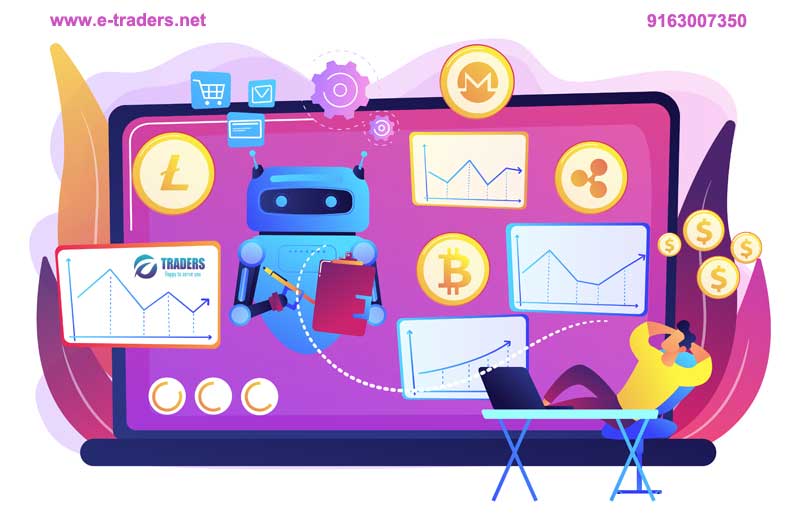
Introduction
What is Algorithmic trading?
Algorithmic trading, often referred to as algo trading, has become an integral part of modern financial markets. It involves the use of complex algorithms and computer programs to execute trading orders with speed and precision. In this article, we will delve into the world of algorithmic trading, examining its various aspects, including its strategies, risks, and opportunities.
Understanding Algorithmic Trading
Algorithmic trading refers to the automated execution of trading orders using pre-defined instructions that are programmed into a computer. These algorithms analyze market data, identify trading opportunities, and execute trades at a pace that is virtually impossible for human traders to match. The main objectives of algorithmic trading are to minimize trading costs, optimize trading strategies, and enhance profitability.
Strategies in Algorithmic Trading
Statistical Arbitrage: This strategy involves identifying statistical relationships between assets and trading on the basis of historical price patterns. It aims to capitalize on short-term price deviations.
Market-Making: Market-makers provide liquidity by continuously quoting buy and sell prices for a security. Algorithmic trading helps market-makers manage their inventory efficiently and respond to market fluctuations in real-time.
Trend Following: Algorithms in this category aim to identify and capitalize on trends in asset prices. They may use moving averages, momentum indicators, and other technical analysis tools.
Pairs Trading: This strategy involves simultaneously buying and selling two correlated assets. It aims to profit from the relative price movements of these assets.
High-Frequency Trading (HFT): HFT is one of the most well-known forms of algorithmic trading. It involves executing a large number of orders at extremely high speeds. HFT firms use advanced algorithms and co-location services to gain an edge in the market.
Risks Associated with Algorithmic Trading
While algorithmic trading offers numerous advantages, it also comes with its fair share of risks:
Technical Failures: Software glitches, connectivity issues, and data feed problems can lead to substantial losses in algorithmic trading.
Market Risk: Algorithmic trading systems may not respond well to unexpected market events, leading to significant losses during market disruptions.
Regulatory Risk: Evolving regulatory landscapes can impact algorithmic trading practices. Staying compliant with regulations is essential but challenging.
Model Risk: Algorithms are based on historical data and models that may not always predict future market behavior accurately. Model risk is the risk that the algorithm’s assumptions are flawed.
Competition: As more traders adopt algorithmic strategies, the competition intensifies, making it challenging to maintain an edge in the market.
Opportunities in Algorithmic Trading
Efficiency: Algorithmic trading is highly efficient, executing trades at a much faster pace than manual trading, which can lead to reduced trading costs.
Diversification: Algorithms can be designed to trade across various asset classes, providing opportunities for diversification and risk management.
Risk Management: Advanced risk management tools and features can be incorporated into algorithmic trading strategies to limit potential losses.
Data Analytics: With the advent of big data and machine learning, algorithmic traders can harness vast amounts of data to refine their strategies and gain insights into market trends.
Conclusion
Algorithmic trading has revolutionized the financial markets, offering traders a powerful tool to enhance efficiency, reduce trading costs, and optimize trading strategies. However, it is not without its risks and challenges. Success in algorithmic trading requires a deep understanding of market dynamics, a robust risk management framework, and the ability to adapt to ever-changing market conditions.
As technology continues to evolve, algorithmic trading will likely remain a key player in the financial world, making it imperative for traders and investors to stay abreast of the latest developments in this exciting field.
